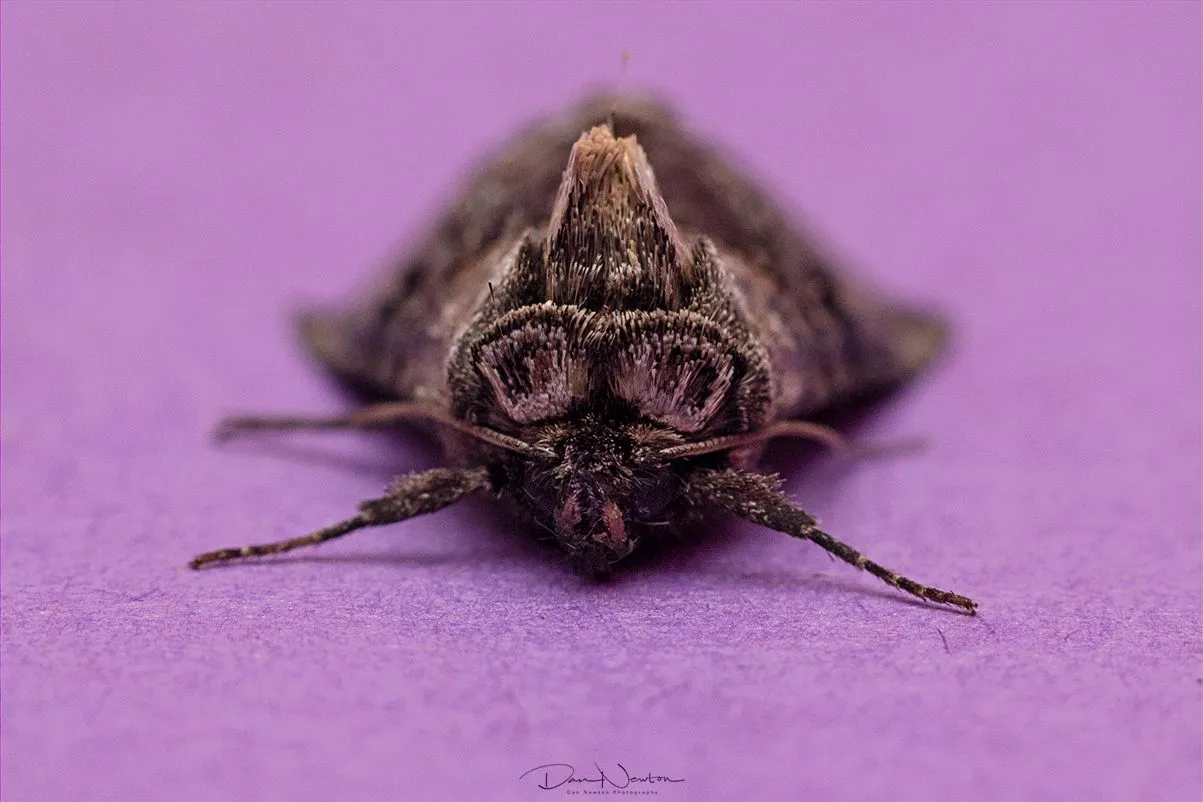Sharing the results from my latest Moth Trap Session. I have written posts about setting up a moth trap and on collecting the results if you want some more background info on how and why I use a Moth Trap

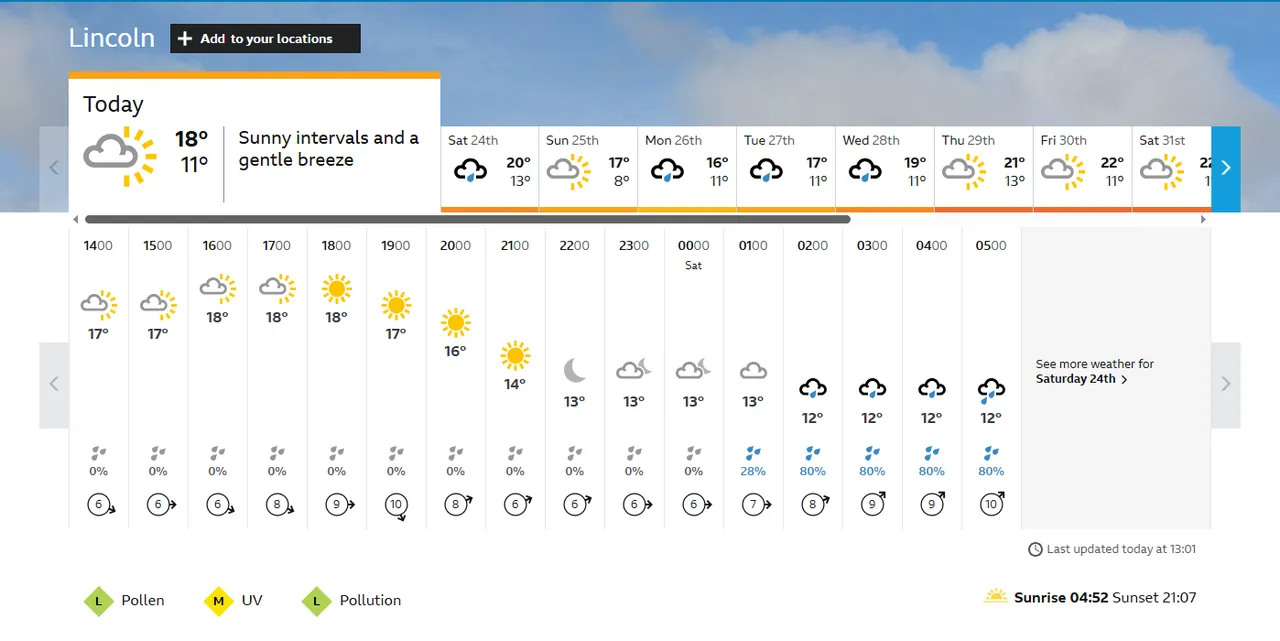
Date: 23rd May 2025
Weather:
My last trapping session was on the 3rd May, and it will be interesting to see how the season has progressed in the last 3 weeks. In the last post, I mentioned it has been unusually dry and warm, and that weather has unfortunately continued.
I mean, its nice to have dry settle weather, and its made it easier for me getting used to running to work and back, but it is definitely not normal for us in the UK, with the 'driest Spring recorded in the last 80 years'
We are desperate for rain, the farmers need it, and our gardens need it. This time of year should be full of lush, green vegetation, and instead the grass is yellowing, and the plants are wilting
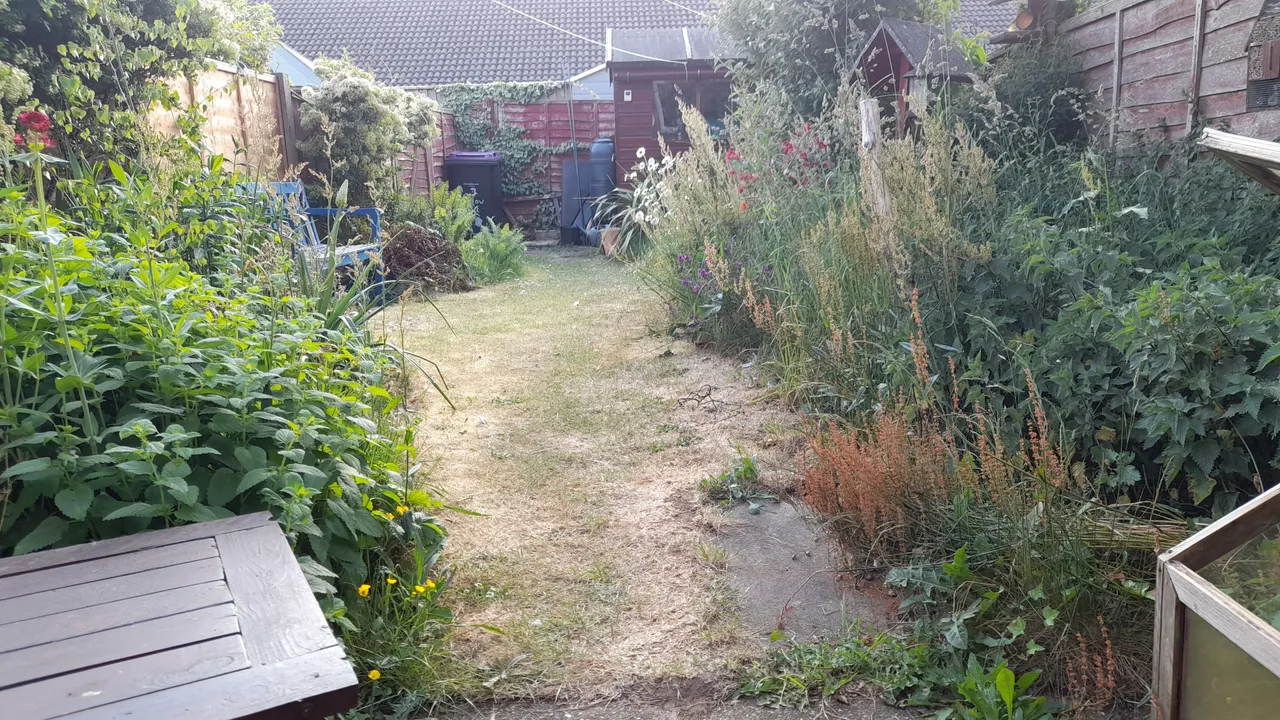
Fortunately, checking the forecast means we are apparently due some actual rain tomorrow, which will be the first bit of significant rainfall in the past 6 weeks. It is due to arrive in the early hours of the morning. I'm not entirely sure when that will be though, so will need to pay attention to the conditions.
Factor that in with the days lengthening (and so the sun setting later and later) and there's not going to much time to actually run the session. At this point its nearly 9pm, and still light out
However, it has been 3 weeks since the last session, so I'm still hopeful of seeing some new faces this time :-)
Lights on, pots at the ready... Here. We. Go!
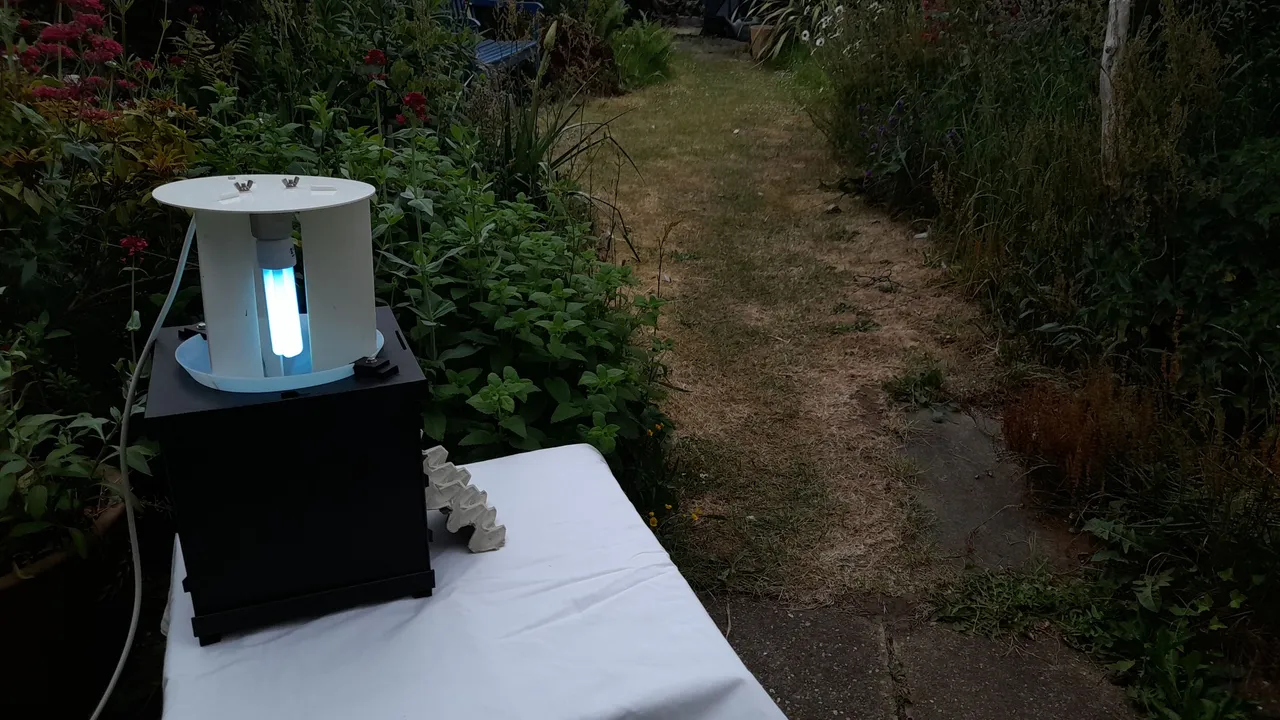
Results: 33 moths of 20 species

Summary of Results:
So... eventually, the dusk arrived at 9:30pm, and nightfall arrived at 10pm, and so I was eventually able to get the session underway. The temperature was already dropping sharply, but despite this, moths were quickly attracted to the trap and I saw plenty of activity early on
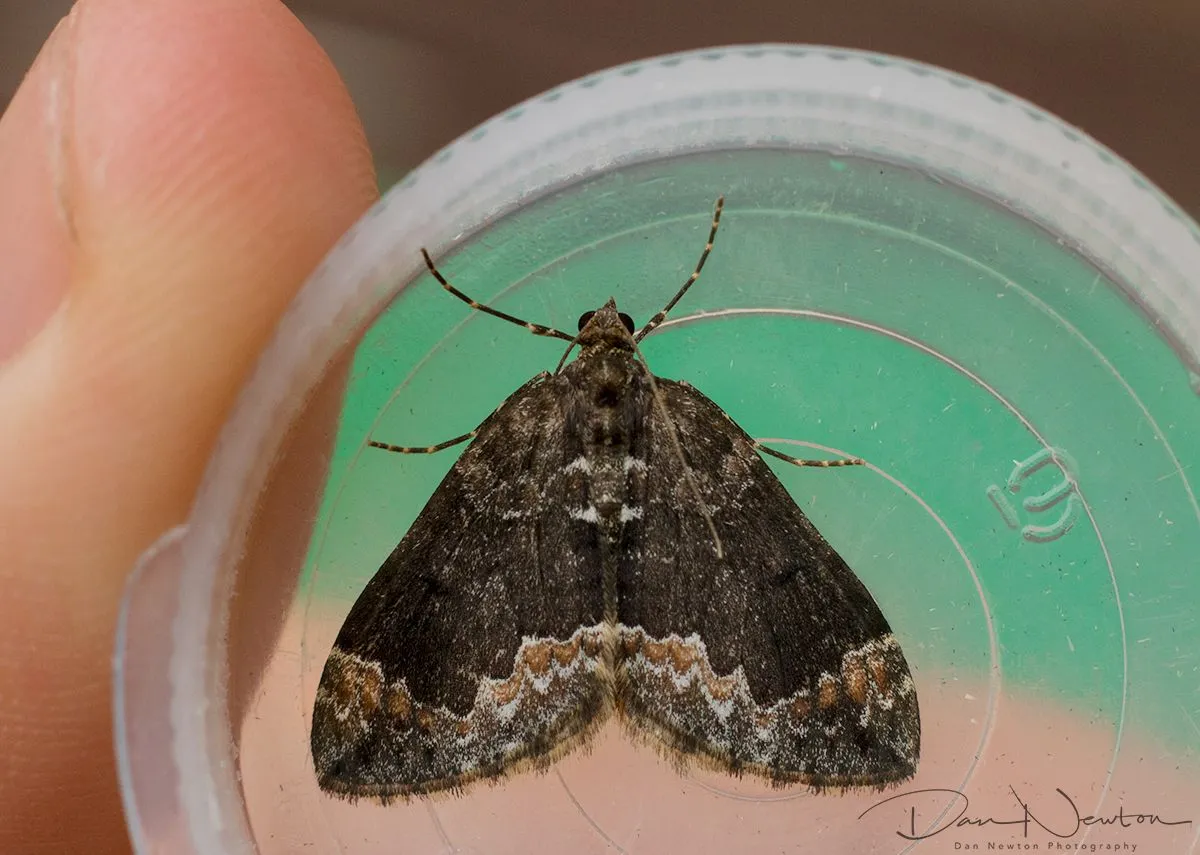
Common Marbled Carpet - Dysstroma truncata
There were 2 of these Common Marbled Carpets, along with other members of the Geometidae family: Garden Carpet, Yellow Shell, and a pair of Brimstones
All of these are super common of course, but still a welcome sight as most of them were the first records for this year. It was definately a night for to get my first sightings for lots of different species. I spotted a Straw Dot (Rivula sericealis) resting on the outside of the trap, and then when I took a quick look inside the trap itself, I found a Spectacle
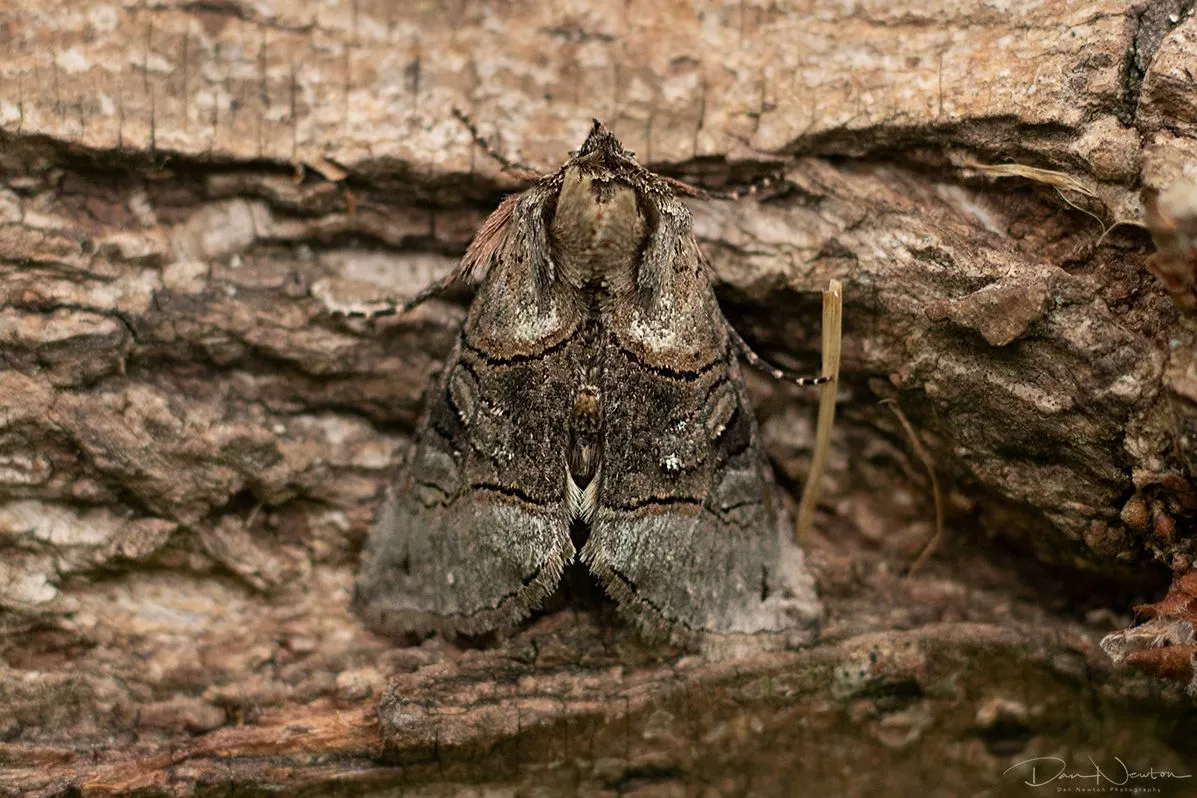
Spectacle - Abrostola tripartita
This moth might look fairly dull and nondescript from a top view, but when you look at it head on, you can see 2 large black circles on the top of its thorax, which look like spectacles
Front view showing where the name comes from!
Spectacle - Abrostola tripartita
The night was passsing quickly, and I was still adding more names to the list... I could tell it was a good night with regards to the weather, as it resulted in several 'micro-moths' appearing.
These are generally smaller than the rest of the moth species, and often just 1cm in length. I find they are more likely to be affected by poor weather conditions (especially strong/blustery winds)
They were out in good numbers tonight, and all 4 of the below species were first records of each for this year:
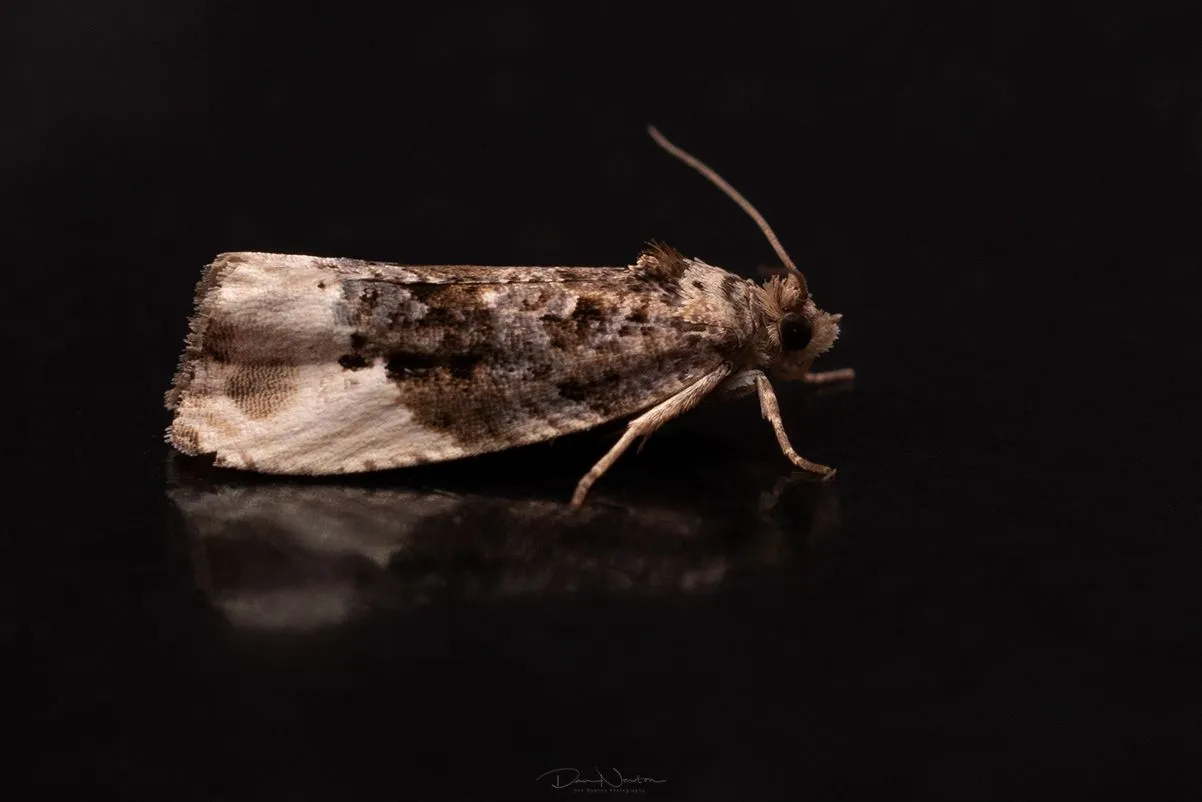
Hedya nubiferana

Celypha lacunana
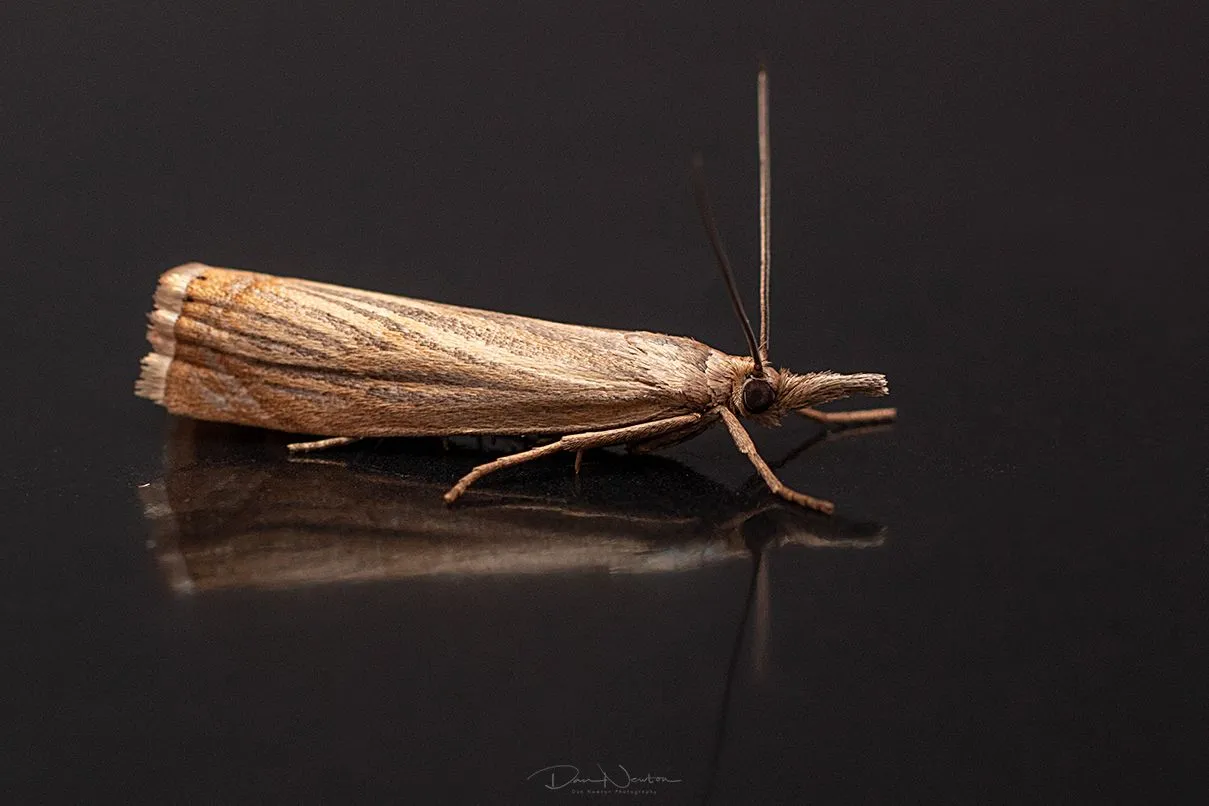
Chrysoteuchia culmella
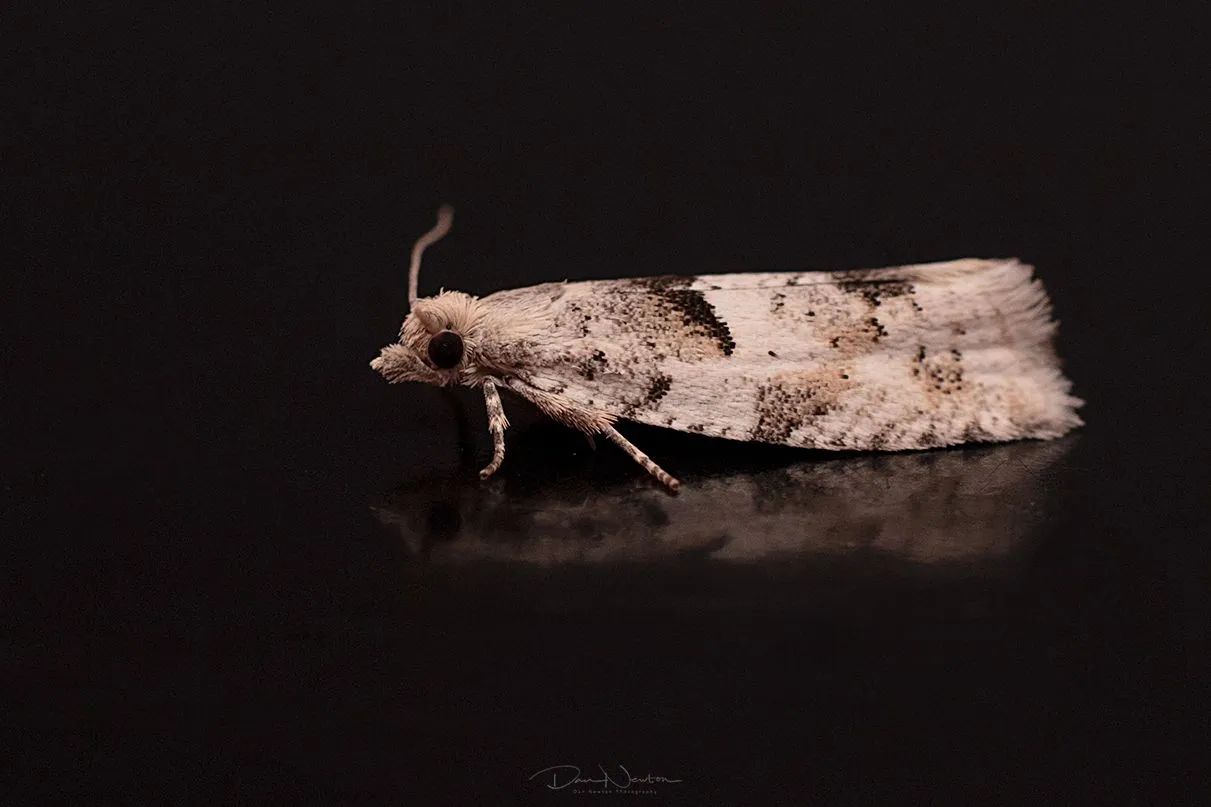
Epinotia bilunana
Out of all of these, the best record was the Epinotia bilunana, as its a species I've only seen once before, and I think its pale, subtle markings make it look quite interesting and distinctive
I was having a blast while recording all of the various moths, and so it was such a shame when, at 12:10am, rain began to fall.
It was forecast, but still a little disappointing to for the session to have only lasted 2 hours!
I knew it was going to become much heavier as well, so I had no option but to turn the trap off, release all the moths I had caught, and bring everything inside. It had been a productive session with 20 species seen, and definitely worth the effort in running the session.
The rain lasted all night, and was much needed. In fact, as I finish up writing this report, it has just strted to rain again for a 2nd night straight which is a relief. The rain is not just good for the plants though, as other wildlife process rely on the weather too i.e. dry weather equals hard soil, and affects the emergence of the moths from their cocoons. And that means that in another couple of weeks I will hopefully be able to see even more new species
What will happen next time? Will it be busy and chaotic? Will it be quieter? Will I find something new to record?
Well, once again, there is only one way to find out!

Notes on Pictures: Since I started moth trapping 5 years ago, I have been slowly building up collection of Library Images. The idea being that once I have taken a picture of a particular species of Moth, I don't need another picture of the same species a year later. It’s a waste of time and energy. I only take pictures of new species, or of moths that are difficult to ID, so I can get the records verified.
While in my care, all individuals are looked after, and after Photographs have been taken, they are all released safely outside.
All names confirmed and checked via Wikispieces
Further Research from UK Moths and NatureSpot

If you have any thoughts or opinions on this article then I'd love to see your comments.
And if you really like the content then maybe you would like to upvote or re-hive it.

Check out my website for more of my work.

Click HERE if you wish to join the new Holozing blockchain game!

